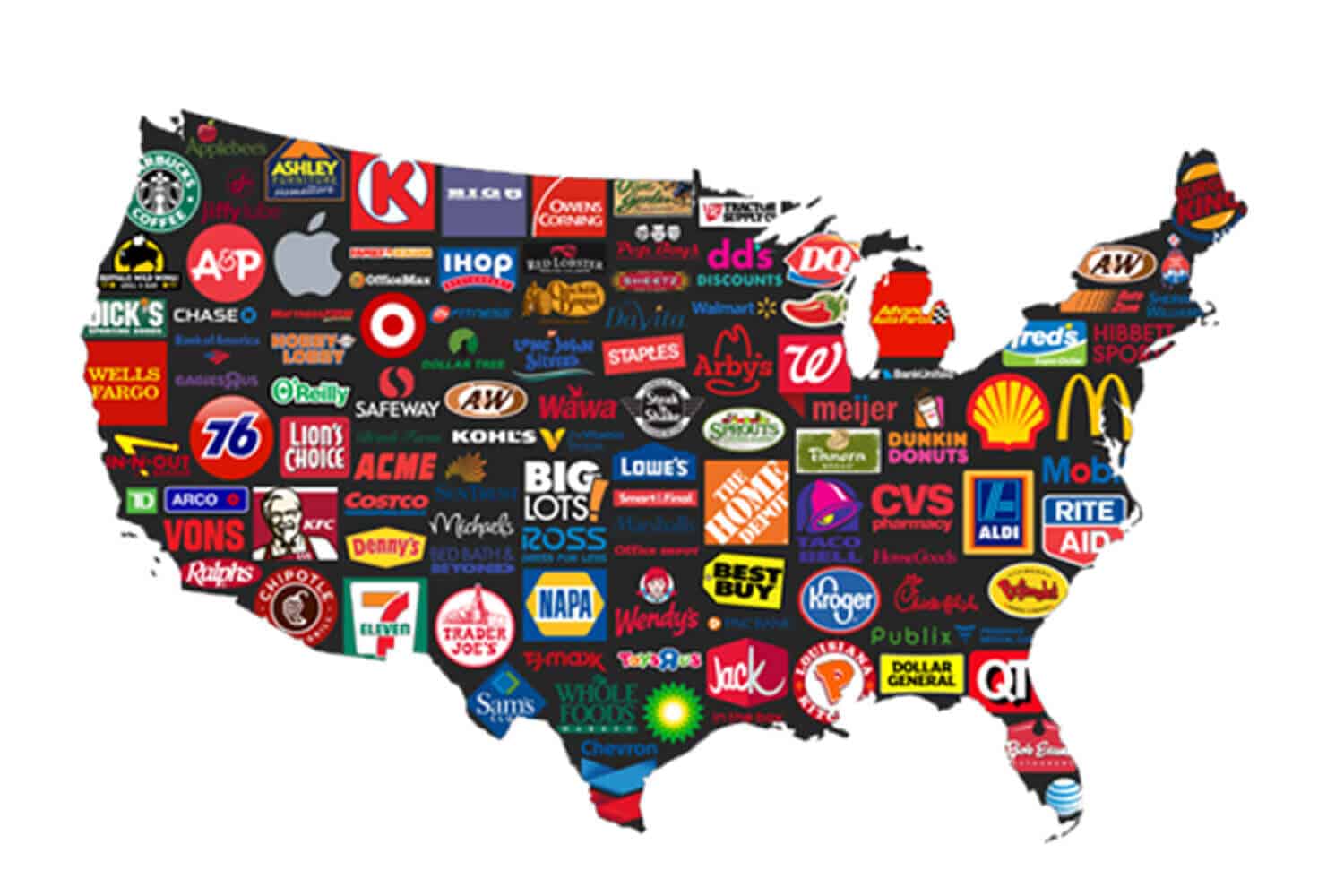Commercial Property for Sale
Commercial real estate refers to a property intended to generate a profit through capital gains or rental income. Below are the common types of commercial property.
Office
In most cases, office buildings fall under two categories: urban and suburban. Urban office properties refer to buildings found in cities, including skyscrapers and high-rise building types.
On the other hand, suburban office buildings are small properties usually grouped in office parks.
Owners can choose between multi-tenant and single-tenant properties. They can also opt for build-to-suit ones specifically constructed for a client’s needs, such as an indoor race track.
Office buildings have three tiers: class A, class B, and class C.
Class A Offices
These properties match the needs of high-end office users and achieve above-average rents.
They offer high-quality finishes, advanced technologies, and outstanding accessibility.
Class B Offices
Class B offices appeal to more users than class A offices because they offer much lower rent.
They provide mid-range clients with good building finishes.
Class C Offices
Price-conscious tenants will look for class C properties, which provide tenants with functional spaces at affordable prices. In most cases, these are older buildings located in less desirable areas.
Retail
Retail properties include buildings that house our favorite retailers and restaurants. Owners of retail buildings can opt for multi-tenant or single-tenant properties.
The retail industry is a complex one — including the multi-tenant commercial properties they use. There are many restrictions on sizes, concepts, and tenants to meet rules and regulations.
For example, regional malls, community centers, and strip centers follow different metrics.
On the other hand, big-box centers like Target, Best Buy, and Walmart often use single-tenant buildings.
Industrial
Industrial buildings typically house companies involved in power production, product manufacturing, or textile storage. They are situated outside of urban areas and grouped into industrial parks. These are the four categories of industrial properties:
- Heavy manufacturing: In most cases, tenants use these buildings to manufacture or compound process raw materials.
- Light assembly: These properties provide tenants with the space they need for low-intensity assembly activities such as repairing products.
- Bulk warehouse: Often spacious properties, tenants use these buildings as distribution centers.
- Flex industrial: As the name suggests, these properties contain industrial and office factors.
Hotel
A hotel refers to an establishment that provides travelers and tourists with accommodations, meals, and other services. Experts classify hotels into six categories:
- Full-service: These hotels offer a wide array of different services to address guest needs.
- Limited-service: Often budget-friendly establishments, these hotels don’t have an on-site restaurant, room service, or a concierge.
- Boutique: In most cases, these small and stylish hotel types are in fashionable urban locations.
- Casino: These hotel types have gaming components, like Aria, Encore, and Wynn in Las Vegas.
- Extended stay: Guests choose these home-away-from-home hotel types to stay for long periods, often at discounted rates.
- Resort: Situated in massive amounts of land, these hotels typically have water parks or amusement facilities nearby.
Special-Purpose
Commercial real estate investors usually own special-purpose buildings, but they don’t fall under the four categories above. Some examples include amusement parks, bowling alleys, and churches.
Whatever building type you’re looking for, we have it here at Net Lease World. We’re here to help you find your dream commercial property.
Net Lease Properties
If you’re looking for commercial property for sale, we highly recommend checking out net lease properties. A net lease property uses a lease structure that holds tenants responsible for building expenses on top of rent. Such operation costs include property taxes, maintenance, and insurance, among others.
Corporate offices, retailers, and industrial users are some of the tenants that use this lease type.
Investors should consider these properties because of three core benefits:
Developers can build a property, lease it, sell it to an investor, and move on to a new project.
Tenants can invest their capital and time in running their operations.
Investors can enjoy a high return on their capital and a reliable cash flow without most of the hassles of owning property. Such properties also come with tax advantages.
Additionally, investors can consult with finance professionals to achieve the following:
- Passive cash flow: A triple net lease structure is a hands-off ownership type that some landlords prefer. If the thought of mailbox money appeals to you, net lease properties are the ideal investments for you.
- Depreciation factor: Properties are tangible assets that depreciate over time. By charting the property decrease, depreciation allows investors to enjoy tax deductions.
- 1031 Exchange: When investors reinvest the earnings of an investment property sale, they can defer capital gains taxes on the profits.
Common Net Lease Properties Strategies
As with any business, investors use different strategies. Some investors prefer buying net lease investments for the hands-off passive cash flow type of ownership. On the other hand, others want to buy, sell, and reinvest their profits. These are the two most common strategies investors and developers observe:
- Buy and Hold: Investors can buy a property without the intention to sell it immediately.
- They can collect their passive income as long as the lease stands.
- Reinvest and Build: On the other hand, investors can purchase a commercial property to make an immediate profit in a 1031 exchange. Afterward, they will buy a bigger asset or multiple properties.
Buy Your Dream Property Now
At Net Lease World, you can find top-rated net leases and 1031 exchange properties to provide you with the passive income you deserve. We have a diverse range of properties to match varying preferences.
Get in touch with us today to start your journey toward complete financial freedom.
